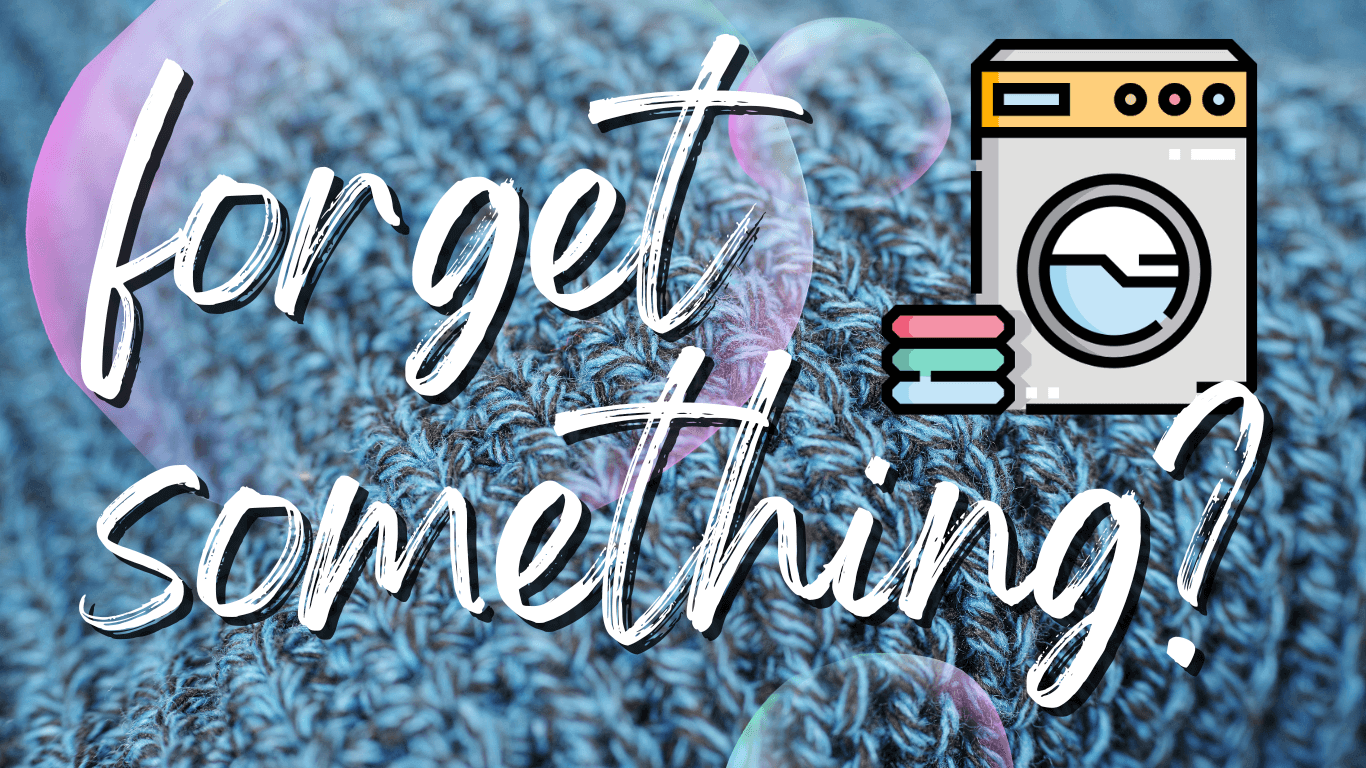How long can laundry sit in the washer?
You know how bad it can smell if you’ve left your laundry in the washer for too long. However, there are ways to avoid this problem and keep your clothes fresh. This article will explain why wet laundry gets smelly and how long it’s OK to leave it in the washing machine before you need to take them out and hang them up or fold them. So, how long can your laundry sit in the washer?
What kind of washing machine do you have?
There are many recommendations for how long you can leave wet laundry in your washer without getting moldy or stinky. Do you have a front-loading washing machine? Yes – the answer is two hours. What about a top-loading washing machine? Your laundry can sit in the washer for up to 8 hours.
The reason is that front-loading washing machines don’t release moisture. Droplets form on the top of the wash drum and trickle down. This, combined with the door seal and sophisticated draining system – increases the likelihood of bad smells.
Do the sniff test if you leave your wet laundry to sit in the washer longer. If you smell anything except laundry detergent scents, then re-wash all of your clothes again.
But, when in doubt, take the safe route. If you smell something funky, then re-wash your clothes again.
Chemicals for Your Washing Machine
The chemicals in the laundry detergent, bleach, and stain remover keep your clothes clean. However, if you don’t add enough of them to your washing machine, then there won’t be enough to get all the germs that can make your clothes smell bad or grow mold.
Too much time in the washing machine could mean chemicals lose effectiveness. The same goes for the detergent. Using too little of it, your clothes may not get cleaned properly and start to smell bad. Good news – there are plenty of ways to ensure you use enough laundry detergent, bleach, and stain remover to keep your clothes clean. Always follow manufacturer guidelines, whether using your washing machine or the chemicals.
How does bleach work?
Using harsh chemicals could mitigate the chance of bacterial growth. If you used bleach to wash your whites, add a couple of hours. Laundry can sit longer in your washer. It certainly would help your washing machine’s drainage system.
Bleach, aka sodium hypochlorite, is a strong chemical that kills bacteria and prevents mold from growing. It’s also the most common type of laundry additive.
It breaks down into hypochlorous acid when it comes in contact with water and destroys germs by melting their sugar-type cell walls. This allows other chemicals to penetrate deeper into fabrics to clean better.
There are two types of bleach – chlorine bleach and non-chlorine bleach. Chlorine bleaches are used for whites and other light colors because they leave no residue that could stain your clothes over time.
Does Soap Work on Bacteria?
Does soap kill germs? No, but it does remove dirt and oil from the surface of your skin. That is why you use soap when you cook because it helps to remove grease from your hands. The same thing happens with dirty laundry in a washing machine.
Detergents get rid of oil on clothing fibers so that bacteria can’t hold on. In fact, soap doesn’t kill germs at all! It just cleans them off of your skin. Soap is made of fat and salts, and it works by breaking down the surface tension of water. So, it penetrates dirt on your skin and loosens it up. You need a certain amount of water to make soap work; if you have too much or too little, it won’t work well.
Also, detergents are good at getting rid of odors. They do this by attaching to the hydrophobic molecules that make up odors and then clumping them together so they can be washed away.
Mildew and Other Problems
When the washing machine isn’t empty, you risk mildew and mold growth. This causes a laundry problem that can spread throughout your home. Mold and mildew are common allergens and respiratory irritants, creating symptoms like watery or itchy eyes, skin rash, sneezing, coughing, and wheezing.
Ignoring laundry while sitting in the washing machine can be dangerous for your health if you have asthma or other respiratory conditions.
Keep Your Laundry Sitting Fresh with a Smart Washing Machine
There are many reasons why your laundry can start to smell and grow mold. One of the biggest culprits is not keeping your washing machine clean. It’s a problem if you don’t notice the smell until it’s too late! If you don’t run sanitizing cycles regularly, it will start to smell and grow mold.
Sensors in the washer can detect water levels and remaining moisture after the spin cycle. The sensors time how long a spin cycle will last to extract as much water as possible. This makes drying more efficient. Also, it decreases the possibility of stinky clothes and towels.
Conclusion
In summary, knowing how long you can leave your laundry to sit in the washer before it begins to grow mold or smell bad is essential laundry sit in the washer before it begins to grow mold or smell bad. The best way to do this is by keeping your washing machine clean, using innovative features like the sanitizing setting on your washer, and checking manufacturer instructions for your washing machine, detergents, and clothes. We hope these tips will help keep your clothes smelling fresh!

